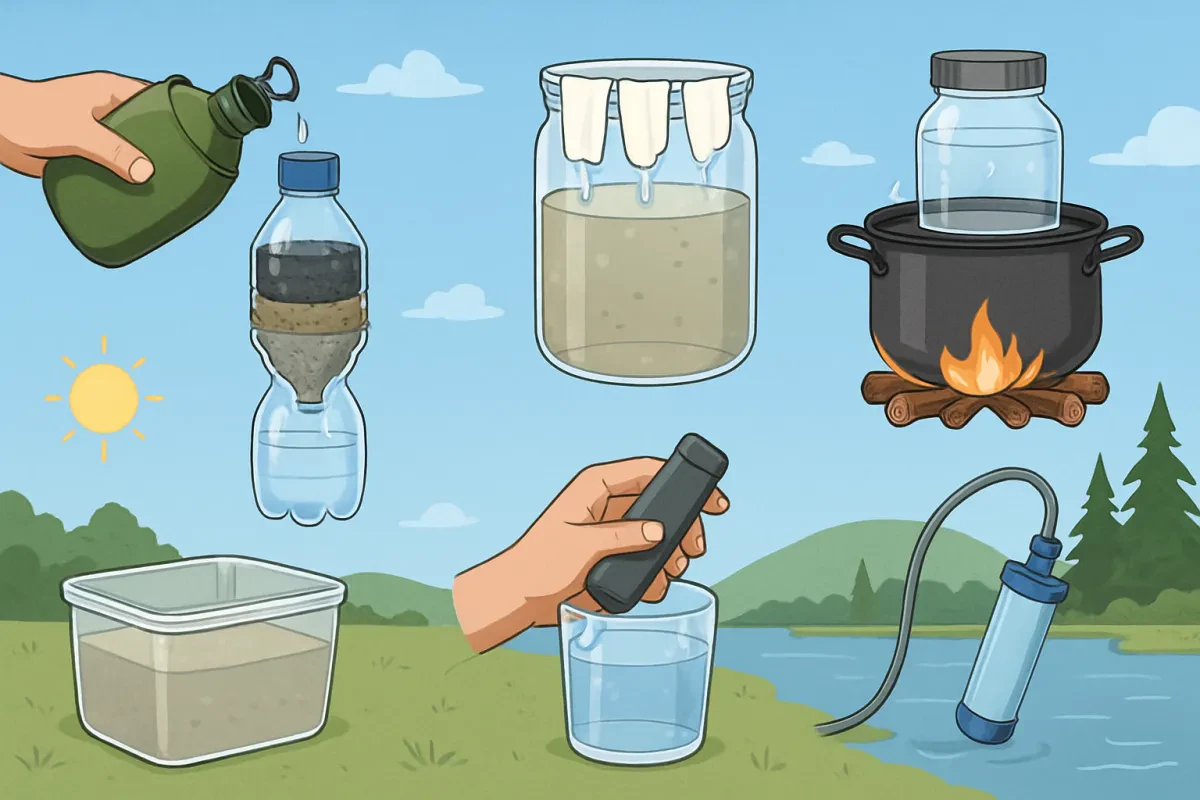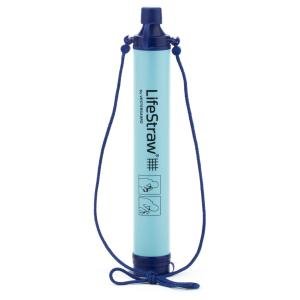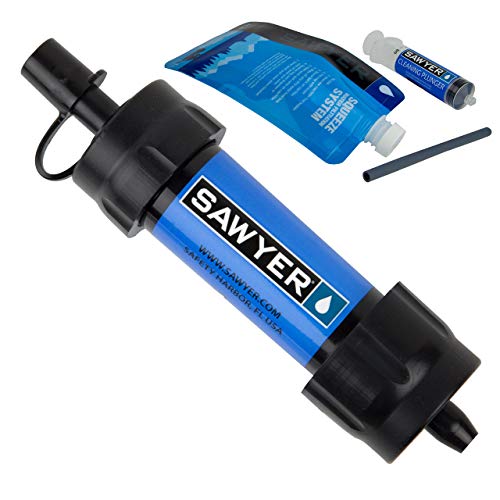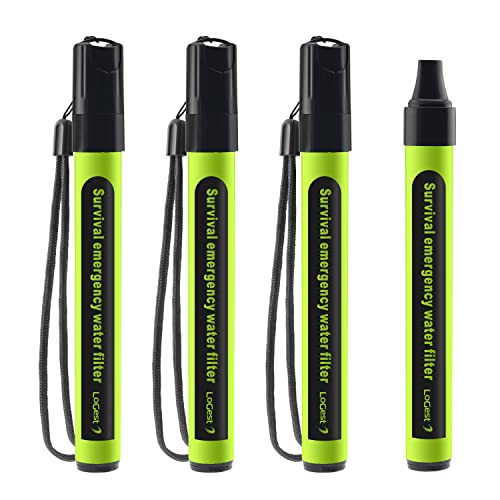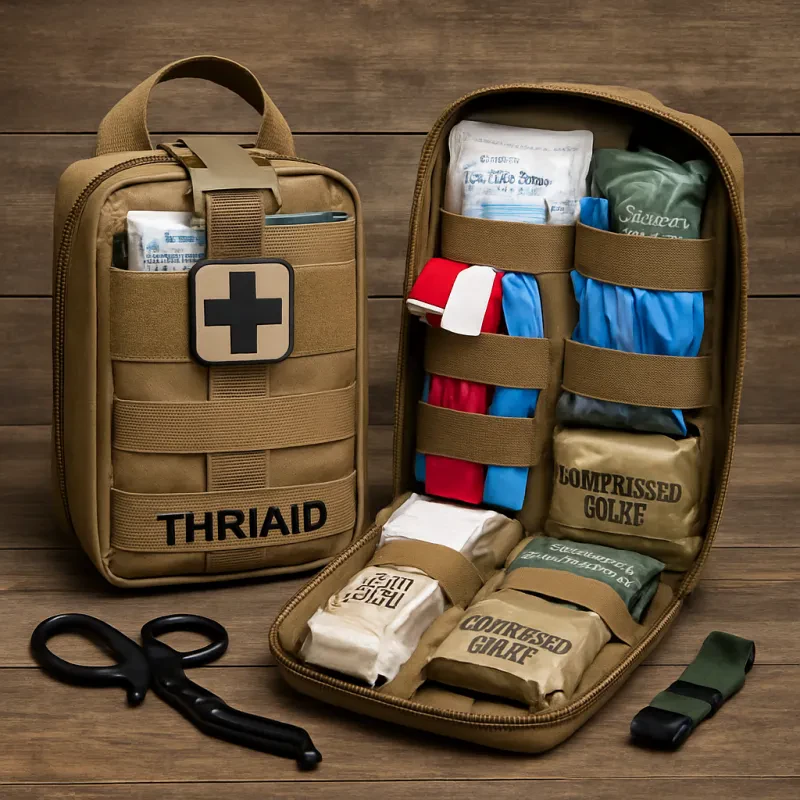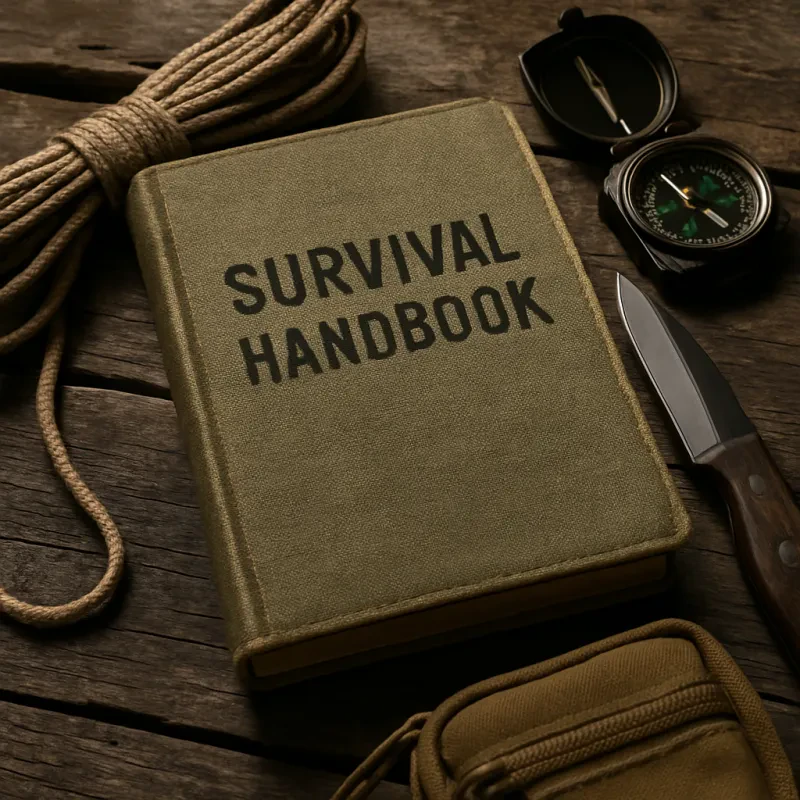Water Is Your First Lifeline: 7 Proven Methods to Purify Water Off-Grid
When the taps run dry or boil advisories hit, clean water becomes your most critical prep. You can live weeks without food—but only about three days without water. This guide breaks down seven proven purification methods, how they work, when to use them, and how to build redundancy so you’re never caught off guard.
Want a ready-made, step-by-step system? Check out Smart Water Box—an off-grid water preparedness program designed for real-world emergencies. It covers storage, purification, and practical setups you can build today. Learn more here: Smart Water Box
Why purification matters
Even crystal-clear water can carry:
- Biological threats: bacteria (E. coli), protozoa (Giardia, Cryptosporidium), viruses (norovirus)
- Chemical contaminants: pesticides, heavy metals, industrial runoff
- Physical contaminants: sediment, microplastics
- Taste/odor compounds: tannins, sulfur
No single method covers every risk perfectly in every scenario. Think in layers: prefilter for clarity, purify for pathogens, and add chemical/metals mitigation if needed. If you want a turnkey plan that ties these layers together, the Smart Water Box program is a solid starting point.
The 7 methods
1) Boiling
- How it works: Heat kills organisms by denaturing proteins.
- Directions: Bring water to a rolling boil for 1 minute (3 minutes above 6,500 ft/2,000 m). Let cool covered.
- Pros: Extremely effective against bacteria, protozoa, and viruses; no filters required.
- Cons: Doesn’t remove chemicals/metals; fuel and time intensive.
- Best for: Known biological contamination, kitchen/home base.
- Pro tip: Pre-filter through a clean cloth or coffee filter to remove sediment.
2) Gravity Filtration (countertop or bag systems)
- How it works: Water passes through filter elements (often 0.2–0.5 micron) and optional carbon for chemicals/taste.
- Pros: High volume, low effort; great for households/base camps.
- Cons: Most filters don’t remove viruses unless purifier-rated; can crack if frozen.
- Best for: Daily drinking supply at home or camp.
- Pro tip: Keep separate “raw” and “treated” containers to avoid cross-contamination.
Want a done-for-you plan to set up gravity filtration, safe storage, and backups? See Smart Water Box.
3) Pump Filters (backcountry classics)
- How it works: Hand-pumped water is forced through fine membranes; some add carbon.
- Pros: Portable, quick for small groups, field-maintainable.
- Cons: Physical effort; many don’t cover viruses.
- Best for: On-the-move from streams/lakes.
- Pro tip: Use a short prefilter tube with a sediment screen to extend cartridge life.
4) Chemical Treatment (chlorine dioxide, iodine)
- How it works: Oxidizers kill pathogens; chlorine dioxide is broadly effective and tastes better than iodine.
- Directions: Follow label; typical wait 30–45 minutes (longer in cold water or for Crypto).
- Pros: Ultralight, inexpensive, no equipment.
- Cons: Taste/odor; doesn’t remove chemicals/metals; wait time required.
- Best for: Emergency kits, travel, bug-out redundancy.
5) UV Purification (pen or inline UV)
- How it works: UV disrupts DNA/RNA, neutralizing pathogens.
- Pros: Fast; effective against bacteria, protozoa, viruses in clear water; no taste change.
- Cons: Needs power; doesn’t remove chemicals/metals; requires clear water.
- Best for: Day trips, travel, backups with a small prefilter.
6) Distillation (including improvised solar stills)
- How it works: Boil and condense vapor, leaving most contaminants behind.
- Pros: Kills all pathogens; removes salts and many chemicals/metals.
- Cons: Energy-intensive and slow; some volatiles may carry over without a carbon stage.
- Best for: Severe contamination, coastal/brackish scenarios, long-term off-grid.
- Pro tip: Discard the first bit of condensate; pair with carbon.
7) DIY/Improvised Filtration (bio-sand, charcoal/sand columns)
- How it works: Layers of gravel, sand, and charcoal remove particulates; mature bio-sand reduces pathogens.
- Pros: Low cost, scalable, uses common materials.
- Cons: Variable performance; usually not sufficient alone.
- Best for: Home resilience projects—always finish with boiling, chemical, or UV.
Quick comparison: what each method covers
- Boiling: pathogens ✓✓✓ | chemicals/metals ✗
- Gravity/pump filters (0.1–0.5 µm): bacteria/protozoa ✓✓ | viruses ✗ (unless purifier-rated) | chemicals/taste: carbon helps
- Chemical (chlorine dioxide): bacteria/viruses ✓✓ | protozoa: Giardia ✓, Crypto partial/slow | chemicals/metals ✗
- UV: bacteria/protozoa/viruses ✓✓✓ in clear water | chemicals/metals ✗
- Distillation: pathogens ✓✓✓ | salts ✓ | many chemicals/metals ✓
- DIY filters: clarity/taste ✓ | pathogens: partial | chemicals/metals: limited with carbon
Best practice: combine a filter (for particulates/taste/most bacteria/protozoa) with a purifier (boiling, UV, or chlorine dioxide) to cover viruses. Add carbon or distillation if chemical contamination is suspected. For a step-by-step plan and checklists, see Smart Water Box.
Field-tested setups by scenario
-
Apartment outage (48–72 hours):
- Store 1–2 gallons per person per day
- Gravity filter with carbon + backup chlorine dioxide tabs
- Collapsible containers; label “raw” vs “treated”
-
Bug-out bag:
- Squeeze or pump filter + chlorine dioxide drops
- Prefilter for sediment; 1L hard bottle for chemical mixing
- Optional UV pen with spare batteries
-
Homestead/base camp:
- Two-bucket gravity system with high-capacity elements
- Dedicated raw/treated containers and a spigot for sanitation
- Stovetop boiling as fallback; fuel and lids ready
-
High-uncertainty/industrial runoff:
- Pre-filter → gravity/pump with carbon → boil or UV
- Consider countertop distiller for long-term use
- Activated carbon refresh schedule (monthly under heavy use)
Safety and taste tips
- Avoid recontamination: sanitize lids, spigots, and funnels; never dip cups into clean storage.
- Cold water increases chemical contact times; plan 60–120 minutes if near freezing.
- Freeze risk: wet ceramic or hollow-fiber filters can crack—keep them in your jacket in cold weather.
- Improve taste: aerate by pouring between containers; use carbon stages; add a pinch of electrolyte after purification.
Minimalist shopping list to cover 90% of needs
- Primary: gravity or pump filter with carbon stage
- Purifier backup: chlorine dioxide drops or UV pen
- Pre-filtration: coffee filters or a prefilter sock
- Containers: one raw and one treated, clearly labeled
- Optional: countertop distiller for chemical-heavy regions
The bottom line
Water is the backbone of preparedness. If you remember nothing else: pre-filter for clarity, purify for pathogens, and add a chemical layer when risks are unknown. Build redundancy now so the first time you need safe water isn’t the first time you try to make it.
Ready to build your water plan? Get the step-by-step system here: Smart Water Box
Some links on this site are affiliate links. As an affiliate, I may earn from qualifying purchases. This helps keep the site free. Thank you for your support.
